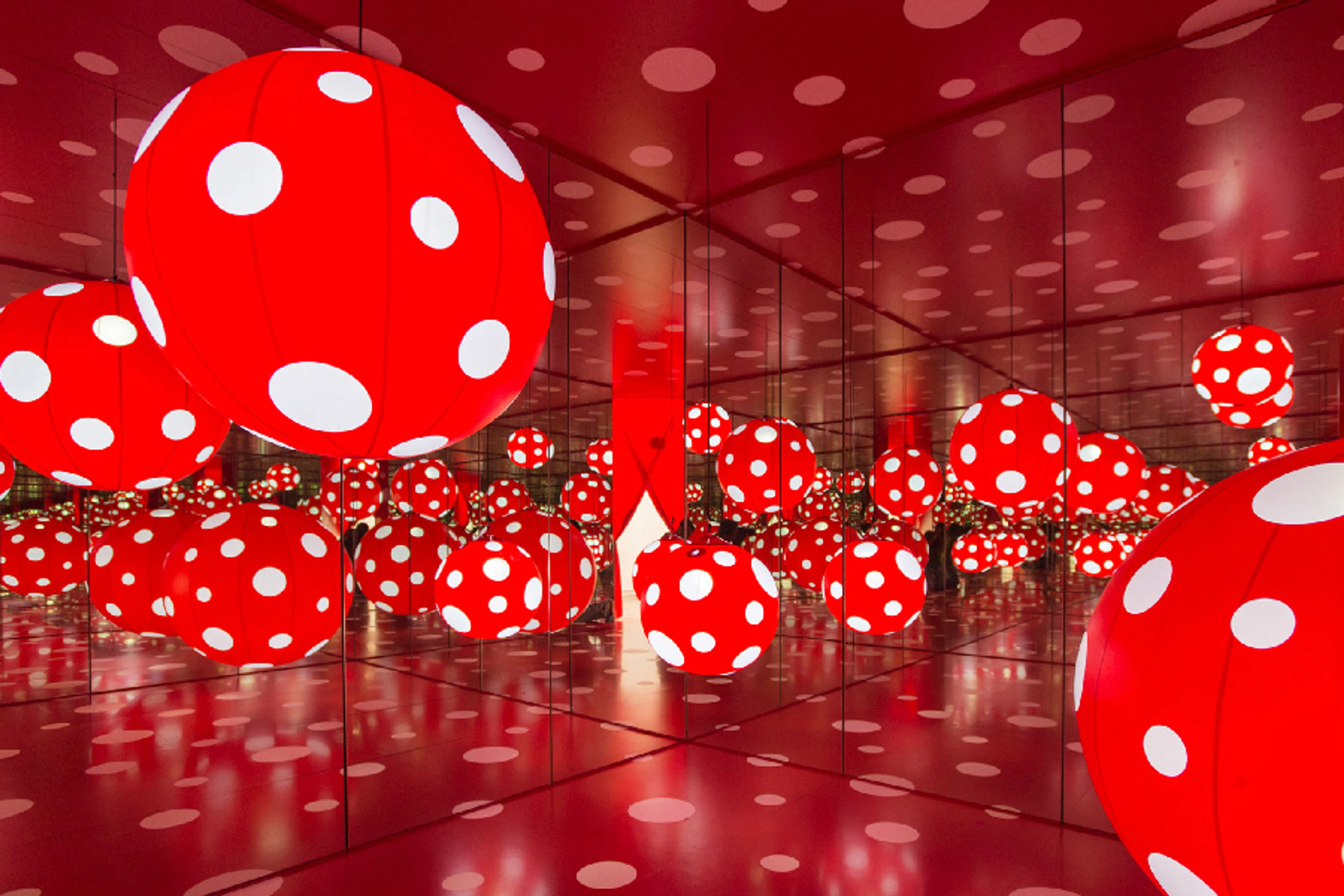
Beyond the Canvas: Collecting Abstract Mixed Media & Sculpture
Explore the multi-sensory journey of collecting abstract mixed media and sculpture. Discover why these 3D art forms offer unique tactile experiences, and find practical tips for acquiring, displaying, and caring for your pieces, including insights on materials, lighting, and documentation.
Beyond the Canvas: A Collector's Journey into Abstract Mixed Media & Sculpture
My Love Affair with the Tangible: A Quest for More
There was a time, not so long ago, when my art world began and ended with the canvas. Don't get me wrong, I still adore the flat, vibrant expanse of a painted surface – it's where I spend a good chunk of my creative life, after all. But, like many things in life, sometimes you get comfortable, a little too comfortable perhaps, and you forget there's a whole universe just waiting to be explored beyond your familiar walls. For me, that universe was the exhilarating realm of abstract art expressed through mixed media and sculpture. I realized the canvas, for all its beauty, inherently limited the art to two dimensions, a static view. I yearned for something more dynamic, something that would interact with light and space in unexpected ways.
I vividly remember the first time I truly felt it – not just saw it. It was a piece in a gallery, a riot of rusted metal, delicate thread, and crumbling plaster. My hand instinctively reached out, yearning to trace the rough edges and smooth folds. It felt a bit like when you've only ever listened to music through headphones, and then you finally experience a live concert. Suddenly, there's depth, vibration, a physical presence you never knew you were missing. That's what collecting abstract mixed media and sculpture has become for me – a sensory explosion, a tactile journey that adds an entirely new dimension to my passion. This journey transformed my relationship with art from passive observation to active engagement.
Why Venture Beyond the Frame?
You might be thinking, "Abstract art is already challenging enough on a flat surface, why complicate things with lumps and bumps and things that defy gravity?" And believe me, I've had those thoughts. My initial resistance probably stemmed from a mild fear of the unknown, like worrying if I'd ever be able to clean a textured piece without destroying it, or if a delicate sculpture would survive my clumsy cat. And perhaps, a touch of laziness when it came to figuring out how to display something that didn't just hang neatly on a wall. But the rewards, oh, the rewards are immense. As an artist, delving into 3D forms, whether through the unexpected juxtapositions of mixed media or the commanding presence of sculpture, it's a completely different conversation with the material – less about illusion and more about raw, undeniable presence.
Abstract mixed media and sculpture aren't just seen; they're experienced. They invite you to walk around them, to interact, to consider the interplay of light and shadow, and to feel the raw emotion embedded in the materials. It's a dynamic dialogue, not just a static monologue. Sometimes, if you listen closely, you might even hear the subtle creak of tension in a suspended piece, or feel the gentle air current disturbed by a monumental form. There's a certain unique scent too, perhaps the earthy aroma of raw clay or the faint metallic tang of bronze. This journey has not only expanded my collection but deeply enriched my own artistic practice, pushing me to consider new materials and dimensions in my work.
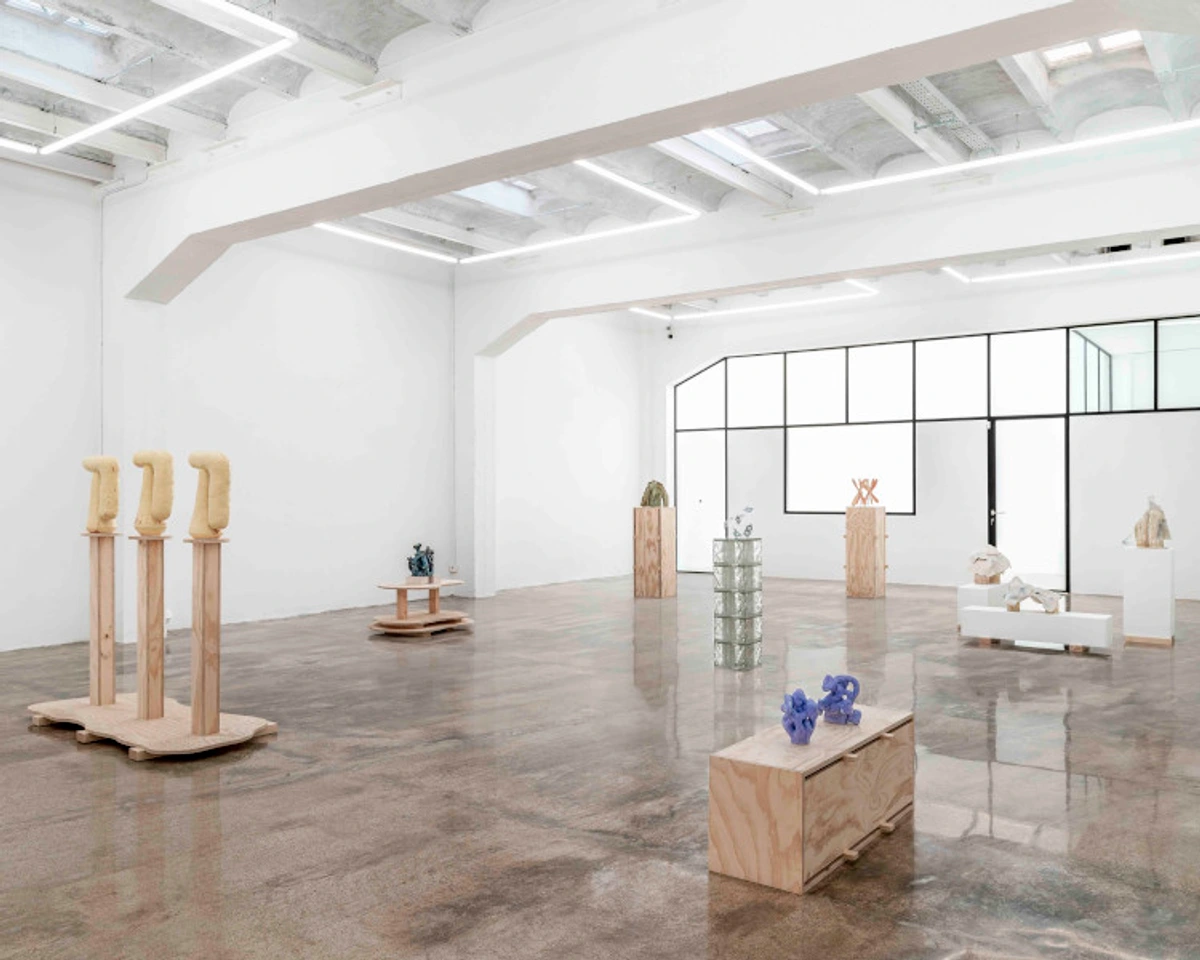
Ready to move beyond the two-dimensional? I certainly was, and let's explore these fascinating art forms together.
Mixed Media: A Playground of Possibilities
Mixed media abstract art is, quite frankly, a joyous mess in the best possible way. It’s where artists throw out the rulebook and combine everything from paint and collage to fabric, found objects, sand, metal, and even digital elements. Artists often choose this multidisciplinary approach not just to combine materials, but to push expressive boundaries, challenge traditional hierarchies of art materials (elevating the mundane), or even explore themes of sustainability and transformation. The result? Incredible texture, unexpected juxtapositions, and a depth that a single medium simply can't achieve. These works can feel like intricate puzzles or raw, expressive bursts of energy. For instance, I'm fascinated by artists like El Anatsui, who transforms discarded bottle caps into shimmering, monumental wall hangings, blurring the lines between painting, sculpture, and tapestry. Or the intricate, often surreal assemblages of Louise Nevelson, who crafted new worlds from found wooden objects.
I remember once seeing a piece that incorporated rusted metal shards alongside delicate lace and vibrant acrylics. My first thought was, "How on earth did they make that work?" My second was, "I absolutely need to know more about this!" It's this beautiful tension, the dialogue between disparate materials, that makes mixed media so compelling. It challenges your perceptions and invites you to explore, inviting you to engage with the piece on a tactile level, perhaps sensing the cool smoothness of a polished stone against the rough grit of embedded sand.
Why I'm Drawn to Mixed Media
- Tactile Engagement: You don't just see it; you feel the urge to touch, to run your fingers over the ridges and smooth parts. (Please don't actually touch art without permission, though! I know the struggle – sometimes my own creative process with mixed media feels like a child's enthusiastic exploration, leaving a beautiful, chaotic trail in its wake.)
- Layered Narratives: Each material adds a new layer to the story, even if that story is entirely abstract. It's like finding hidden messages in plain sight.
- Surprise & Discovery: Artists often use unconventional materials, leading to delightful surprises and new ways of seeing the familiar.
- Breaking Boundaries: It literally breaks the frame, extending the art beyond its traditional confines and often creating a more immersive experience.
If you're still decoding abstract art: a guide to finding meaning in non-representational works on a flat canvas, imagine the added layers of meaning when materials literally jump out at you! The role of texture in abstract art truly takes on a new dimension here.
Sculpture: Occupying Space, Defining Emotion
Abstract sculpture is another beast entirely, a magnificent one. And when I say 'beast,' I mean it – it demands attention, sometimes literally taking up half the room, and if you're anything like me, you'll swear it's silently judging your interior design choices. It's not about representing a recognizable form; instead, it's about the interplay of form, void, line, mass, and texture in three dimensions. Think about the way light falls on a curved surface. The very surface tells a story: perhaps the shimmering surface of polished bronze, whispering tales of permanence and weight, often enhanced by a carefully cultivated patina that adds depth and history. Or the crystalline clarity of glass, playing with transparency and light. Maybe it's the surprising give of recycled plastic, reminding us of transformation, or the warmth and organic texture of raw wood, connecting us to nature. Each material doesn't just form the art; it speaks, it evokes, it demands a different kind of engagement, influencing how your perspective changes as you walk around a piece. Whether it's a monumental outdoor piece, a delicate kinetic art creation with moving parts, or a minimalist form inviting quiet contemplation, abstract sculpture is dynamic, it's alive, and it commands its space.
I recently saw an exhibition where light was an integral part of the abstract sculptures. The way the shadows danced on the wall became part of the artwork itself. It made me realize how much I had been missing by focusing solely on two-dimensional works. Sculptures aren't just objects; they reshape the space they inhabit, creating new dialogues with their environment. The monumental presence of a piece like Anish Kapoor's C-Curve can genuinely alter how you perceive a space, urging you to explore the very nature of perception. (For an even deeper dive, explore our ultimate guide to Anish Kapoor).
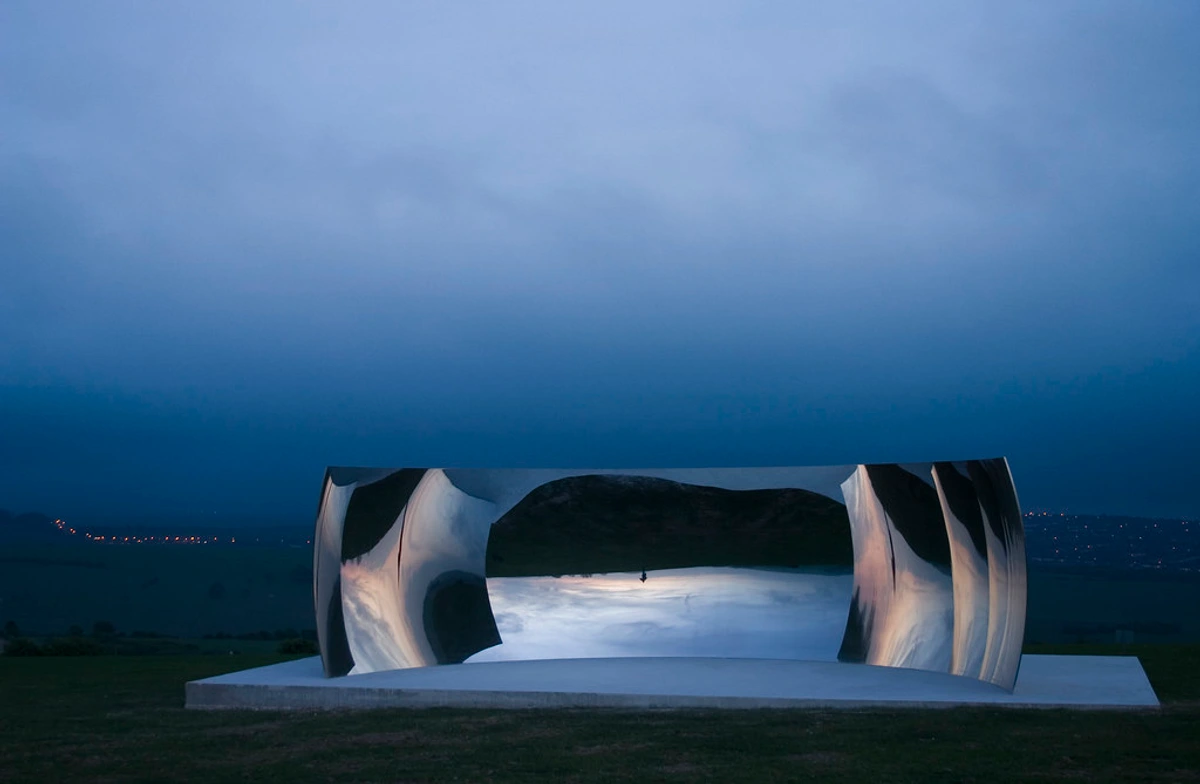
Just think about the iconic 'Bean' in Chicago, Cloud Gate by Anish Kapoor – it’s not just a sculpture; it’s a living, breathing reflection of its surroundings and everyone in it, morphing constantly.

Considerations for Collecting Sculpture
- Scale & Space: Unlike a painting, a sculpture needs physical space. Will it fit? How will it interact with your furniture and other art? Don't be afraid to measure twice, buy once, or you'll end up with a magnificent piece that lives in your garage (ask me how I know). You might be surprised how a smaller abstract sculpture can still make a huge impact in a small room.
- Materiality: From bronze and stone to wood, fabric, and recycled plastics, materials dictate the feel and care of the piece. Do your research! Understanding how artists push material boundaries is key to appreciating pieces made through processes like assemblage.
- Lighting: How will natural and artificial light interact with the forms? This can dramatically change the piece's appearance throughout the day. Consider raking light (light from the side) to emphasize texture and cast dramatic shadows, or spotlights for precise highlights.
- Installation & Logistics: Some sculptures require professional installation, specific pedestals, or specialized transportation. For larger or delicate pieces, factor shipping, crating, and potentially even insurance into your budget and planning. Oh, and consider security – a heavy, freestanding sculpture in a home with curious toddlers or playful pets might need anchoring! For smaller, lighter pieces, museum wax or earthquake putty can offer added stability and peace of mind.
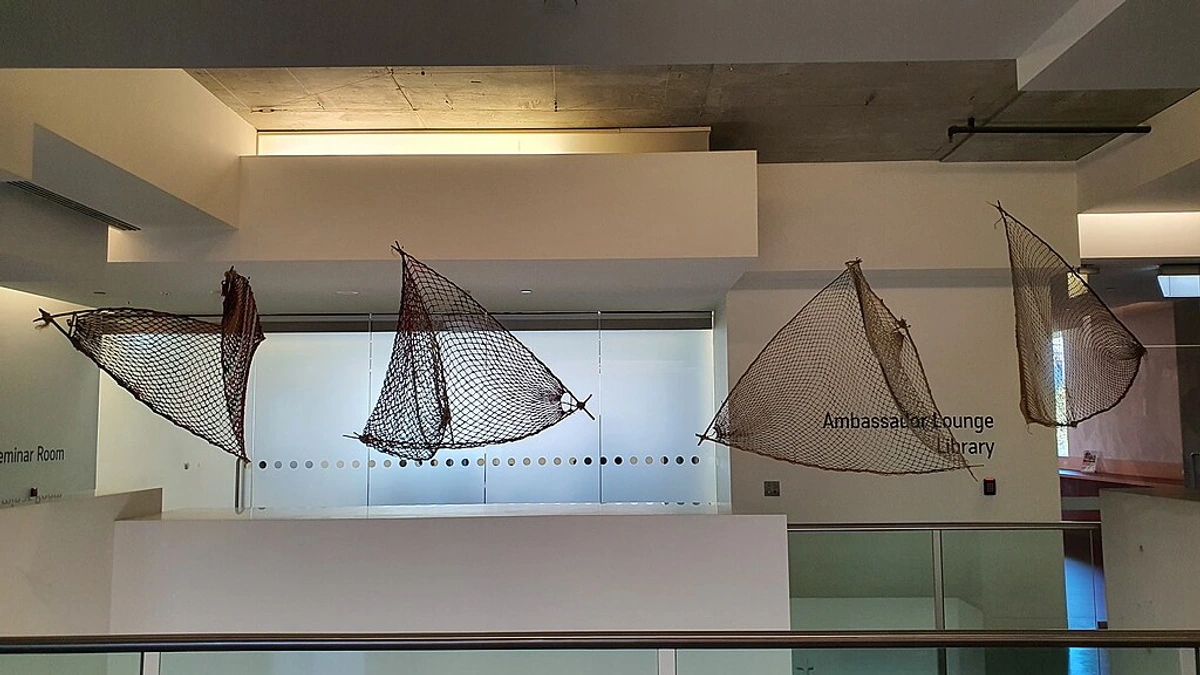
Exploring Key Concepts in 3D Abstract Art
Before we dive into finding your next masterpiece, let's get our vocabulary straight. To help you speak the language of this exciting realm, here's a quick, informal guide to some terms you might encounter on your journey:
- Assemblage: A sculptural form created by combining and juxtaposing disparate elements or 'found objects,' often in a new, unified composition. Think of it as a 3D collage that tells a story through unexpected connections.
- Found Object (Objet Trouvé): Everyday items, natural or manufactured, that an artist repurposes and presents as art. It challenges our perception of what constitutes art and often imbues new meaning into the mundane.
- Installation Art: Often site-specific, large-scale artworks designed to transform a space and engage the viewer in an immersive experience. It's about creating an environment, not just a standalone object.
- Kinetic Art: Art that incorporates movement as an integral part of its aesthetic. This movement can be natural (e.g., wind-driven) or mechanical, adding a temporal dimension to the artwork.
- Maquette/Model: A small-scale preliminary model or sketch for a larger sculpture or architectural work. Artists use maquettes to experiment with form, scale, and composition before creating the final piece.
- Patina: A surface layer that forms on bronze or other materials due to aging, exposure to elements, or intentional chemical treatment. Often valued for its aesthetic qualities, it can add depth, color, and a sense of history to a sculpture.
- Pedestal: A base or support used to elevate and display a sculpture. Choosing the right pedestal is crucial as it becomes an integral part of the artwork's presentation.
- Float Framing: A framing technique where the artwork appears to 'float' within the frame, often used for works on paper or canvas that extend to the edge, creating a minimalist border and emphasizing the art itself.
- Shadow Box: A type of enclosed display case with depth, perfect for protecting and showcasing three-dimensional or delicate mixed media pieces, allowing elements to stand out from the back surface.
- Site-Specific Art: Art created to exist in a certain place, where the artist takes the location, history, and context of that site into account when planning and creating the artwork. It cannot be easily moved without losing its meaning.
Finding Your Next Masterpiece
So, you're convinced, right? You're ready to dive into the wonderful world of non-canvas abstract art. Excellent! But where do you start? Building an abstract art collection is an exciting adventure. I remember the moment I found my favorite smaller sculpture – a quirky piece made of repurposed circuit boards. It wasn't in a grand gallery, but a small pop-up show. It just spoke to me, a quiet hum that said, "Take me home." That's the magic you're looking for. Don't forget to trust your gut feeling – that inexplicable connection is often the most reliable guide.
- Galleries & Museums: This is your best bet for seeing pieces in person and understanding scale and texture. Visit local contemporary galleries or museum modern art wings (if you're ever in the Netherlands, you could explore places like the Den Bosch Museum for inspiration). Don't forget to check out university art programs or emerging artist showcases – often, you'll find groundbreaking and more accessible pieces there.
- Artist Studios: Many artists working in mixed media or sculpture welcome studio visits. It's an incredible way to see their process and connect with the work on a deeper level. You might even find pieces for sale directly from the artist. Learning how to spot and buy art from emerging artists can lead to truly unique finds.
- Online Platforms: While nothing beats seeing 3D art in person, many online galleries and artist websites (like my own art for sale page!) offer detailed photos, videos, and even augmented reality (AR) tools to help you visualize pieces in your space. Always check return policies for online purchases.
- Art Fairs: These are fantastic for seeing a huge variety of work from different artists and galleries under one roof. It's a whirlwind, but a fun one!
- Art Consultants/Advisors: For serious collectors or those new to the market, a professional art consultant can provide invaluable guidance, helping you define your taste, navigate the market, and make informed purchasing decisions.
- Research & Due Diligence: Before making a significant purchase, take the time to research the artist, read their artist statements, and understand their exhibition history. This not only deepens your appreciation for the piece but also informs your purchasing decision and provides valuable context for your growing collection.
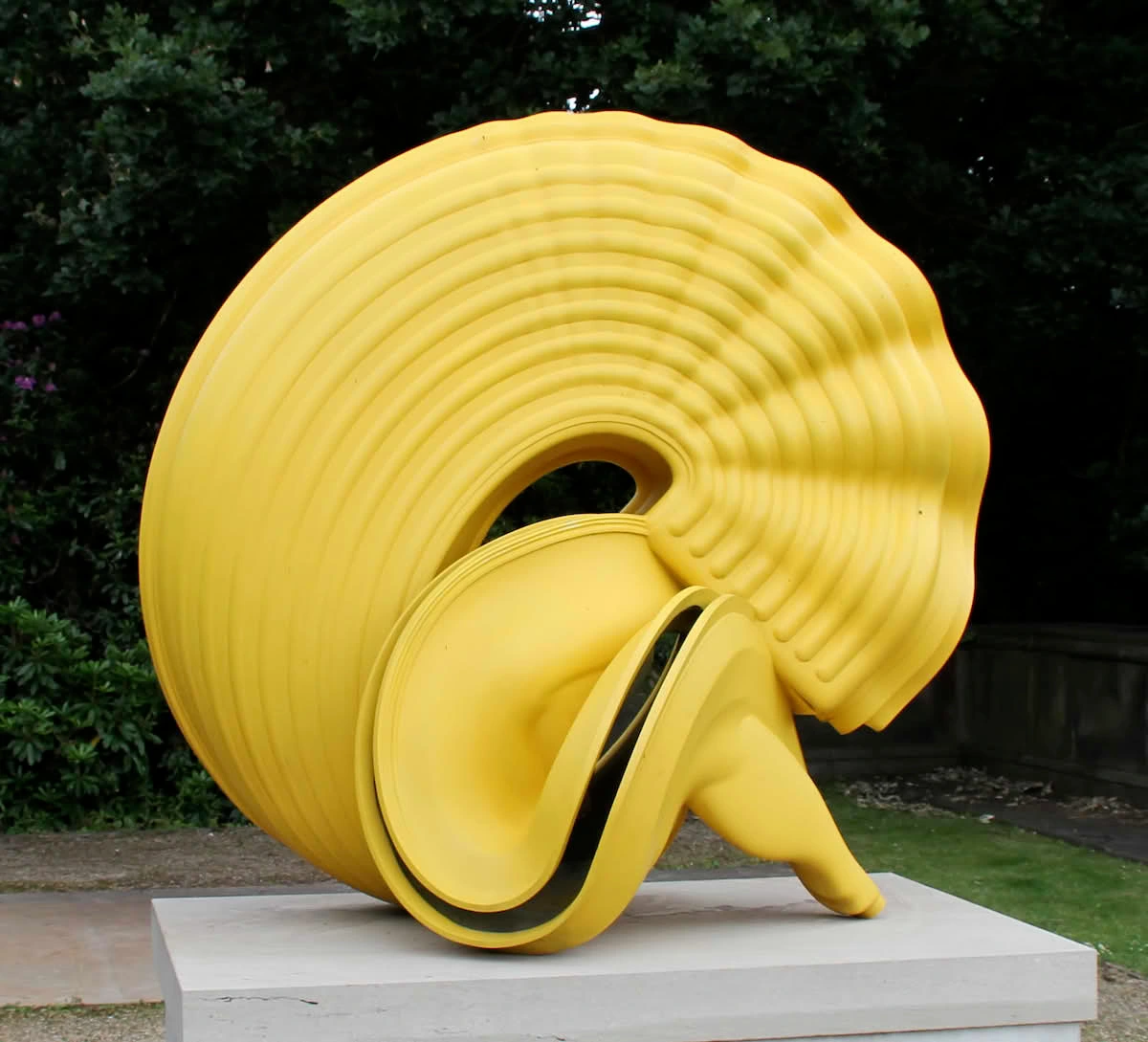
Remember, building an art collection is a journey. My own timeline as an artist shows that evolution isn't just about what I create, but also about what I appreciate and collect. Don't rush it. Take your time, explore, and let your intuition guide you. If you need a refresher on the basics, our guide on how to buy art can be a great starting point.
Displaying Your Treasures
Once you've acquired a piece, the next step is displaying it beautifully. This is where the creative fun really begins – integrating your new acquisition into your personal space, allowing it to interact with its environment and bring a new dynamic to your home.
For Mixed Media:
- Lighting is Key: Highlight textures with directional lighting. Shadows can create additional depth. Consider spotlights positioned to skim across the surface, enhancing relief and tactile qualities.
- Consider Framing: Some mixed media pieces, even if they extend beyond the frame, still benefit from being framed, especially if they have delicate elements. Float framing or shadow box frames are excellent for protecting and showcasing pieces with depth.
- Pedestals or Shelves: If the piece has significant depth or stands off the wall, a shallow shelf or a custom pedestal can elevate it. For heavier or irregularly shaped pieces, consider specialized wall mounting systems that can securely anchor them, distributing weight effectively.
- Shadow Boxes: For smaller, more delicate mixed media pieces, a shadow box can be a perfect way to protect and showcase them.
For Sculpture:
- The Right Pedestal: The pedestal is part of the presentation. Choose one that complements the sculpture's material and scale. Its color, material, and height significantly impact how the sculpture is perceived.
- Spatial Relationship: Give the sculpture room to breathe. Don't cram it into a corner. Consider its interaction with the surrounding space, how it creates a focal point, or subtly defines a zone within a larger room. A sculpture isn't just an object; it's a co-conspirator in reshaping your environment. Oh, and for safety, especially with curious pets or energetic toddlers, museum wax or earthquake putty can offer added stability for smaller, lighter pieces. For heavier, more monumental works, professional anchoring might be a wise, if not essential, investment. You really don't want your prized abstract creation ending up as a new (and very expensive) floor abstract.
- Focal Point: Position your sculpture strategically to draw the eye, making it the undeniable star of the room. It can anchor a seating area, define an entryway, or create a surprising moment in an unexpected corner.
- Grouping: If you have multiple smaller sculptures or wish to combine 3D and 2D works, experiment with groupings. Varying heights, materials, and forms can create a compelling visual narrative. Ensure each piece still has enough space to be appreciated individually.
Beyond the Pedestal: Practicalities of Owning 3D Art
So, you've curated your space, and your new art pieces are singing! But what else should you know about living with these dynamic forms? Living with abstract mixed media and sculpture is a joy, but like any cherished possession, it comes with its own set of considerations.
Care and Maintenance
Abstract art, especially mixed media and sculpture, often uses unconventional materials that require specific care. General rules: avoid direct sunlight (UV damage is real!), keep away from extreme temperature and humidity fluctuations, and dust gently with a soft brush or compressed air. Always check with the artist or gallery for material-specific care instructions. And if something looks truly off, resist the urge to 'fix it yourself' – professional conservation is usually the way to go. Trust me, I once tried to 'clean' a delicate paper piece, and it ended in tears (mine, not the paper's). Beyond physical care, documenting your artwork is crucial. Keep detailed records: purchase receipts, artist statements, photographs (front, back, and any unique features), and condition reports. This documentation is invaluable for insurance, provenance, and future appraisals.
Budgeting and Insurance
Let's talk money, because these beauties often come with their own unique price tags. Pricing for 3D art can factor in material costs (hello, bronze foundry fees!), labor intensity, and the sheer logistical nightmare of moving them. Remember to budget not just for the purchase price, but for potential shipping, crating, and professional installation. And once you own it, insure it. Given their unique materials and often delicate construction, mixed media and sculptures are often irreplaceable. Consider a specialized art insurance policy – it's peace of mind for your precious, tactile investments. It's also wise to consider regular appraisals, especially for significant pieces, to ensure your collection's value is accurately reflected for insurance or potential resale.
Challenges and Solutions
Collecting art beyond the canvas isn't without its quirks, of course. Fragility is a big one – that delicate thread sculpture might not survive a rogue frisbee (ask my cat, though she denies everything). Space limitations can also be a real headache; a piece that looked perfect in the gallery might overwhelm your living room, especially if you didn't quite account for the emotional weight it carries, let alone its physical footprint (speaking from personal, slightly cluttered, experience!). Lighting complexities are another; a sculpture that sings in natural daylight might look drab under poor artificial light. And, as with any art, there's always the specter of fakes or damage from improper handling during transport. My advice? Work with reputable galleries, ask endless questions about provenance and care, and trust your gut. If it feels too good to be true, it probably is. The emotional challenge of finding 'the one' is also real; don't rush it, let the piece speak to you.
A Deeper Resonance: The Evolution of Form
Stepping into the world of abstract mixed media and sculpture has fundamentally changed my relationship with art. It's moved from passive observation to active engagement, transforming my home not just into a display space, but into a dynamic environment. These aren't just objects; they're presences, silent conversation partners, always shifting, always revealing new facets depending on the light, my mood, or even the time of day. It's like finding new dimensions in yourself through the art you choose to live with.
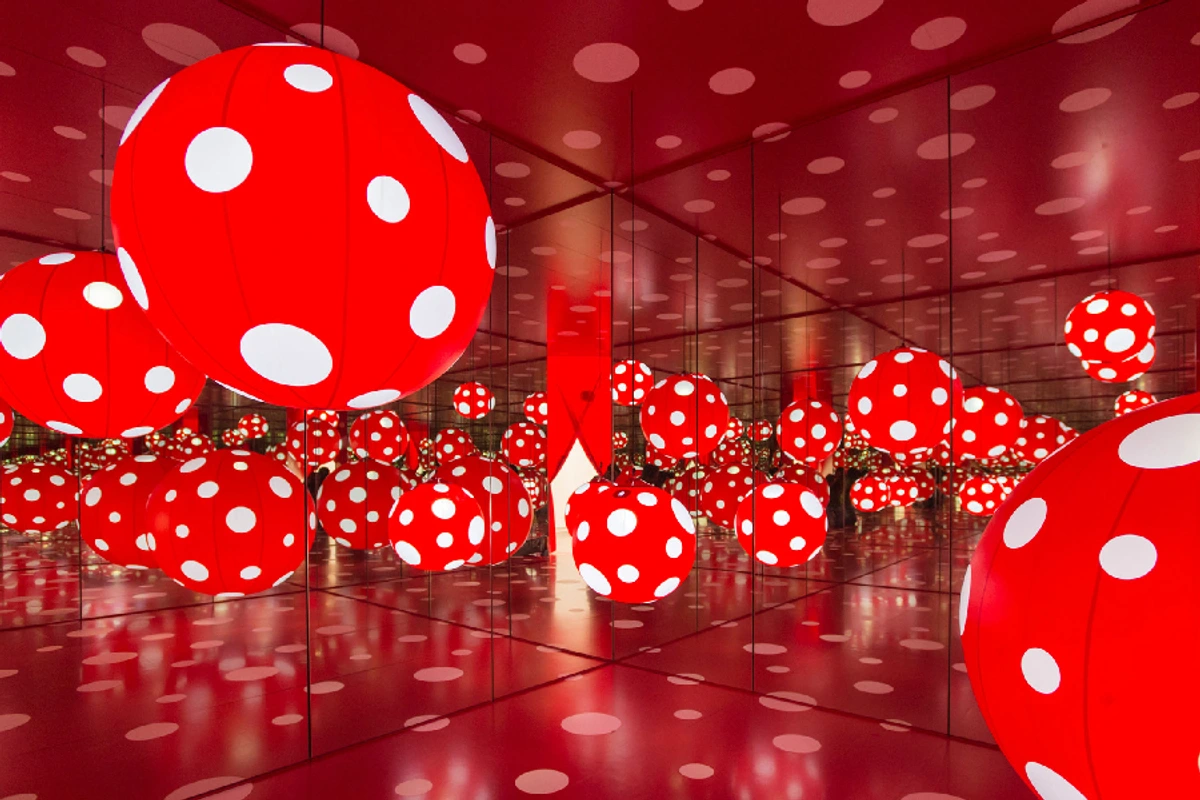
And it's not a new phenomenon, this push beyond the frame. From Cubism's early flirtations with collage to Dada's revolutionary use of 'readymades,' artists have long challenged the confines of traditional art forms. Movements like Constructivism and Futurism also pioneered early explorations into three-dimensional abstract compositions, focusing on form, space, and movement. Minimalism then refined the focus on pure form, space, and materiality. To that, we can add the rise of public art and large-scale site-specific commissions that redefine urban landscapes. So, when you bring an abstract sculpture or a mixed media piece into your life, you're not just acquiring an artwork; you're participating in a rich, ongoing dialogue about what art can be, and how it can inhabit and define our world.
Embark on Your Own Tactile Journey
So, as you can see, the world beyond the canvas is a vast, exhilarating landscape waiting to be explored. Collecting abstract mixed media and sculpture isn't just about acquiring objects; it's about embracing a multi-sensory experience, a dynamic interaction that can profoundly enrich your space and your spirit. It challenges you, it delights you, and it invites you to see the world, and yourself, from new angles. Don't be afraid to step off the familiar path. Visit a gallery, explore an artist's studio, or simply allow yourself to feel the irresistible pull of a texture, the commanding presence of a form, or the subtle dance of light on a curve. Your tactile art journey is just beginning, and I promise, it's worth every exciting, unpredictable step. Who knows what magnificent, gravity-defying, or delightfully messy piece will find its way home to you next?




